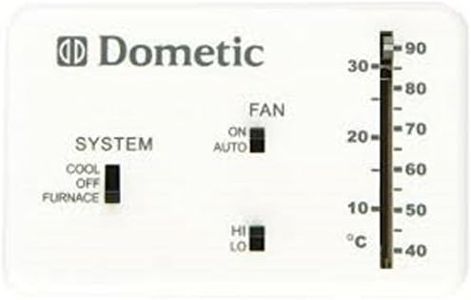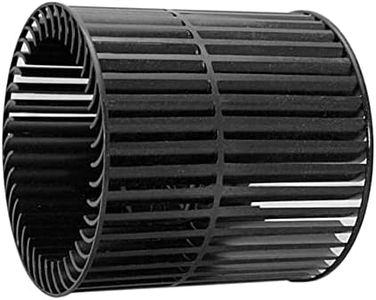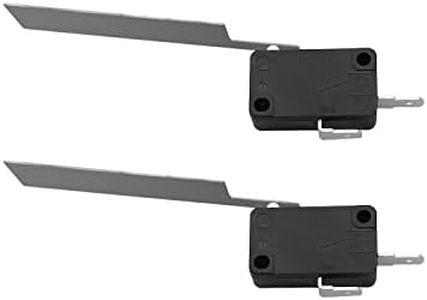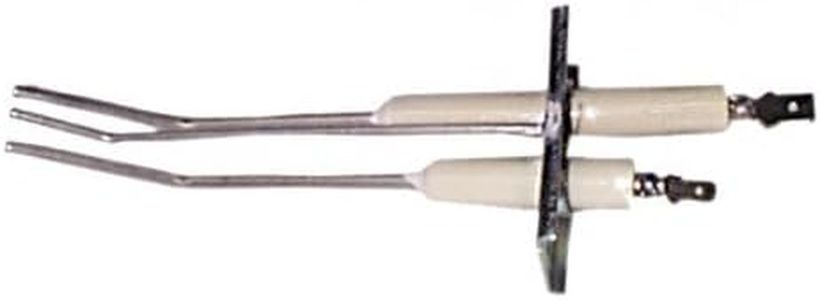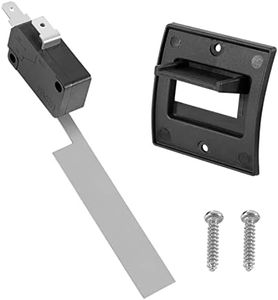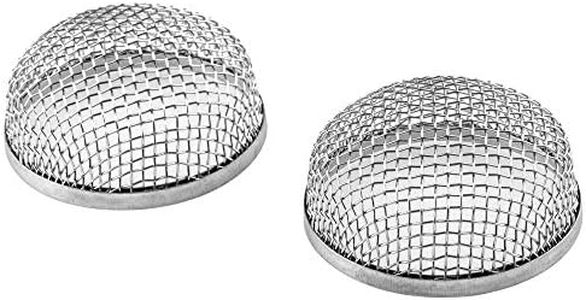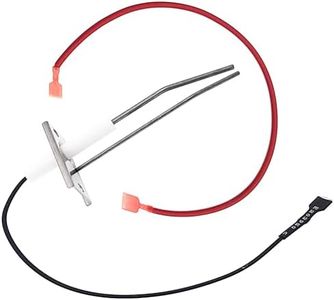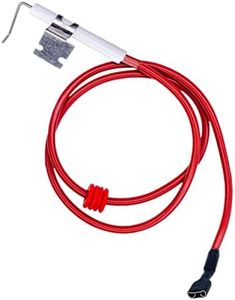We Use CookiesWe use cookies to enhance the security, performance,
functionality and for analytical and promotional activities. By continuing to browse this site you
are agreeing to our privacy policy
10 Best Rv Furnaces
From leading brands and best sellers available on the web.Buying Guide for the Best Rv Furnaces
Choosing the right RV furnace is crucial for comfort and safety during your travels, especially in colder climates. An RV furnace not only keeps your living space warm but also prevents issues like frozen pipes. To make the best choice, it's important to understand how different features affect performance, efficiency, installation, and overall user experience. Evaluating your RV size, travel habits, and locations you frequent will guide your decision.BTU OutputBTU, or British Thermal Unit, measures how much heat a furnace can produce per hour. This spec is important because it determines whether your furnace will effectively warm your RV, especially in colder conditions. Lower BTU values (10,000-20,000 BTUs) are typically suitable for smaller RVs like camper vans or travel trailers, providing adequate warmth without wasting energy. Medium BTU ratings (20,000-30,000 BTUs) fit mid-sized RVs or for those who may travel in moderately cold climates. Higher BTU outputs (30,000 BTU and above) are more appropriate for large motorhomes or people planning to spend time in very cold areas. Choose a furnace with enough capacity to maintain comfort through the coldest weather you expect, but avoid oversizing, as an excessively powerful unit can cycle on and off too quickly, reducing efficiency.
Fuel TypeRV furnaces mainly use propane (LP gas) or electricity as fuel sources. This spec is important because it affects fuel availability, operating cost, and convenience. Propane furnaces are common, heat quickly, and are ideal for off-grid camping since they don't rely on shore power, but you'll need to carry and monitor propane tanks. Electric models (using 120V power) require hookup to shore power or a robust generator system, but offer clean, convenient operation at developed campsites. Your travel style helps determine the best fit: opt for propane if you boondock or spend time off-grid, or electric if you mostly stay at full-service RV parks.
Size and Installation TypeSize refers both to the physical dimensions of the furnace and its configuration—whether it's a ducted or non-ducted (direct discharge) unit. This spec is important because you need a furnace that physically fits in your available space and distributes heat well through your RV. Smaller units or non-ducted models are usually installed under seats or cabinets and heat single areas efficiently, ideal for compact layouts. Ducted furnaces are larger but channel warm air throughout multiple rooms via vents, better for larger RVs or more even heat distribution. Measure your available space carefully and consider your RV’s layout when choosing.
Power ConsumptionPower consumption indicates how much battery power or shore power a furnace needs for its fan and controls (not for heat, which may come from propane). This spec matters because energy usage can drain your RV’s batteries, especially if you camp without hookups. Lower consumption is important for extended boondocking. Many furnaces will list amp draw or wattage; less power-hungry models are best for off-grid users, while frequent park users may not need to prioritize this as much. Match power needs to your RV’s electrical system and camping style.
Noise LevelNoise level describes how loud the heater is during operation. This spec is important for nighttime comfort and overall enjoyment of your space. Quieter furnaces help everyone rest better. Noise levels can be subjective, but you may find references to decibel ratings or user feedback on this aspect. Smaller or newer models often operate more quietly. If you’re sensitive to sound, look for models with quieter fans or advanced noise-reduction features.
Ignition SystemRV furnaces may use either manual (pilot light) or automatic (electronic direct spark or electronic ignition) ignitions. This spec matters for convenience, safety, and ease of use. Manual units require you to light a pilot, which can be tricky in cold weather or windy conditions. Electronic ignition systems are safer and much easier—they light the furnace when needed and turn off when not. Frequent travelers and those who want minimal fuss should favor electronic ignition.
Safety FeaturesKey safety features may include overheat protection, automatic shutoff, flame sensors, carbon monoxide sensors, and sealed burn chambers. These features are critical to prevent accidents, fires, or gas leaks in your RV’s confined space. Units with robust safety certifications and features offer greater peace of mind. Always choose a furnace that aligns with your safety comfort level and meets or exceeds local certification standards.
